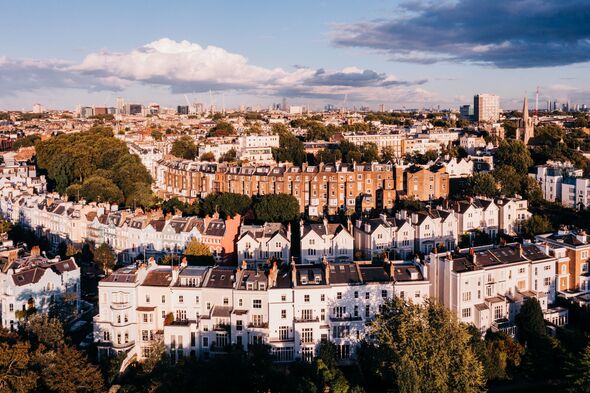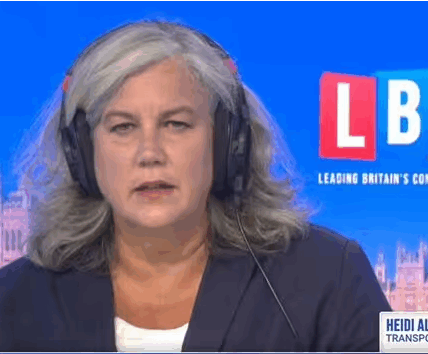Recent research by The Global Payroll Association (GPA) has highlighted the areas of the UK where residents are paying the most in income tax, with London’s boroughs leading the charge, followed by areas such as Buckinghamshire and Edinburgh. The study, which analysed income tax data from HMRC, sheds light on which local authorities contribute the highest amounts relative to the national income tax total.
Across the UK, there are 32.7 million taxpayers, collectively contributing a total of £222.2 billion in income tax each year. The figures show that London residents alone contribute a substantial portion of this sum. The capital’s taxpayers account for £59.3 billion, or 26.7% of the national income tax total.
This is followed by residents of the South East and East of England, who contribute 18.6% and 10.6%, respectively. Northern Ireland, by contrast, contributes the least, with just 1.5% of the national income tax.
At a local level, London’s boroughs again dominate the list of top tax contributors. Kensington and Chelsea stands out with a remarkable £4.9 billion contribution, representing 2.2% of all income tax paid across the country.
Close behind are Westminster (£4.5 billion), Camden (£4.08 billion), and Wandsworth (£3.99 billion), each contributing significantly to the national total.

The borough is home to some of London’s–and the UK’s–most expensive postcodes (Image: Getty)
In terms of non-London local authorities, Buckinghamshire emerges as the first in the rankings, contributing just over £3.6 billion annually. Edinburgh, Scotland’s capital, ranks eighth on the list, with residents paying £32.4 billion in income tax per year. Other non-London areas making an appearance in the top twenty include Elmbridge (£2.11 billion), Cheshire East (£2.06 billion), North Yorkshire (£2.03 billion), Leeds (£1.98 billion), Birmingham (£1.83 billion), and Wiltshire (£1.81 billion).
Kensington and Chelsea is the standout area in terms of tax contributions, both within London and the UK as a whole. This affluent area is home to some of the highest property values in the country, which directly influences the amount of income tax its residents pay.
The borough’s overall income tax bill of £4.9 billion is a reflection of its high-income residents, who are often top earners in both the public and private sectors. Its wealth is also reflected in the value of real estate, which often includes luxury properties that attract higher levels of council tax as well.
London’s dominance in income tax contributions is not a new phenomenon. The capital’s economy is the largest in the UK, home to a thriving financial sector, numerous global businesses, and a high concentration of high-paying jobs. With areas like the City of London and Canary Wharf playing host to international companies, the city naturally sees significant income tax contributions from its workforce. Moreover, the high cost of living in London means that many residents earn above the national average, further boosting their tax contributions.
While London and its surrounding areas dominate the income tax landscape, other parts of the UK also see notable contributions. For instance, Buckinghamshire and Edinburgh, though not as high in terms of total income tax, are home to well-off residents who contribute significant sums relative to their local population sizes.

Northern Ireland (Belfast above) is the UK region that pays the least tax (Image: Getty)
On the other hand, many rural and less economically prosperous areas of the UK contribute less. For example, smaller towns in the north and southwest of England, as well as some parts of Wales, tend to pay lower taxes due to smaller populations and lower average incomes.
While these tax contributions reflect the relative prosperity of certain regions, the issue of taxation errors is not uncommon. As the GPA notes, taxpayers often pay more than they should, especially when there is a change in their circumstances, such as a new job or a salary increase. Payroll errors are often the culprit, leading to discrepancies in tax codes and, in some cases, overpayment of tax.
Taxpayers are advised to carefully review their payslips and ensure that their tax code is correct, particularly when starting a new job or receiving a pay rise. If there are discrepancies, HMRC can refund the overpaid tax, though the process may take time.
The data provided by the GPA paints a clear picture of income tax contributions across the UK. London, along with certain affluent regions like Kensington and Chelsea, continues to be a key contributor to national income tax revenue. However, smaller regions and less wealthy areas of the UK contribute less overall.


